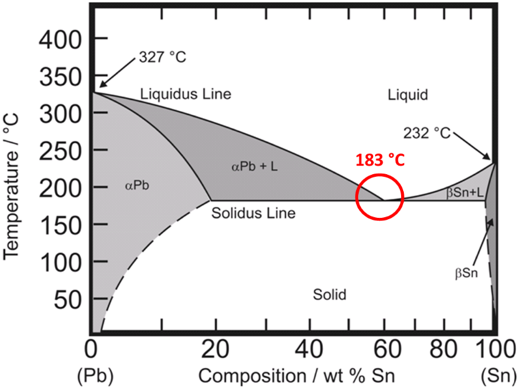I know, I know, why don't I just as well ask about the sonic benefits of different headshells?
But I get curious. I see all the different options when looking at solder offerings, More tin, more lead. Thick, thin, or thinner. With silver (sounds like it's something I should want) or without.
Now if ever there was a forum with a group of experienced technicians, it's this here Tube Forum. And we know who you are so don't be trying to hide.
The thing with solder, besides the potential sonic differences (I'm leaving that subject open for debate) there is the actual application that is an issue, melting temps, et al.
So I'm looking to be enlightened. Maybe there's not much to discuss. If that's the case, then I'll just go buy a pound of the cheapest 60/40 something or other and be done with it.
But is that really what you want to see me do?
But I get curious. I see all the different options when looking at solder offerings, More tin, more lead. Thick, thin, or thinner. With silver (sounds like it's something I should want) or without.
Now if ever there was a forum with a group of experienced technicians, it's this here Tube Forum. And we know who you are so don't be trying to hide.
The thing with solder, besides the potential sonic differences (I'm leaving that subject open for debate) there is the actual application that is an issue, melting temps, et al.
So I'm looking to be enlightened. Maybe there's not much to discuss. If that's the case, then I'll just go buy a pound of the cheapest 60/40 something or other and be done with it.
But is that really what you want to see me do?



 heat transfer is key.
heat transfer is key.